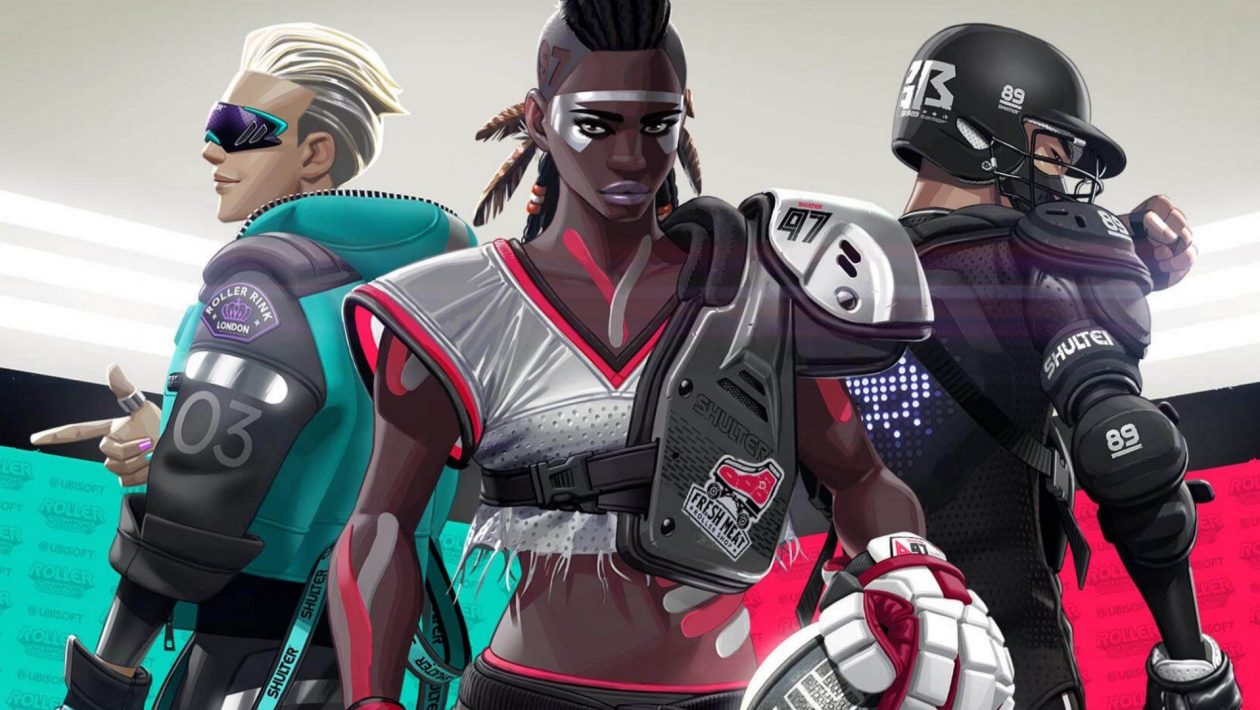Huawei Mate X2 vs Samsung Galaxy Z Fold2
Introduced yesterday, a folding smartphone with a flexible display, Huawei Mate X2, with its construction he fundamentally changed the philosophy of his predecessors. In terms of hardware, this is a well-equipped smartphone, for which Huawei also asks for a lot of money. His main opponent will be the model Samsung Galaxy Z Fold2, with which we will compare the novelty today.
Contents
- 1 Design and construction: Samsung is smaller and probably more durable
- 2 Display and sound: Huawei offers a sharper image, Samsung 120 Hz
- 3 Performance and memory: The newer 5 nm chipset makes a difference
- 4 Cameras: Mate X2 has a sensor and 10x optical zoom from Huawei P40 Pro +
- 5 System and security: Huawei again without Google applications
- 6 Connectivity, battery and price
- 7 Verdict: Huawei has newer technologies, Samsung significantly lower price
- 8 Parameter table:
Design and construction: Samsung is smaller and probably more durable
While the predecessor of the novelty, the Huawei Mate Xs, had only one flexible external display, the novelty has two – an 8-inch flexible inner and a 6.45-inch outer. So it’s the same philosophy as the Samsung Galaxy Z Fold2. Samsung displays have a smaller diagonal. However, the thickness in the closed state is smaller in the case of Huawei Mate X2 (14.7 mm vs 16.8 mm). Huawei has beveled the ends of the individual halves of the device so that they fit together better.
The previous generation even offered an even smaller thickness, only 11 millimeters. The reason for the increase in thickness is the secondary display. In the case of the Galaxy Z Fold2, the flexible mechanism has evolved since the first generation and is more durable. This was also confirmed by some resistance tests. Huawei has used this type of bending mechanism for the first time, so it is too early to evaluate.

In terms of design, both smartphones are very similar. Samsung will be able to look more likable thanks to its smaller size. Samsung covers the new Gorilla Glass Victus tempered glass. It should withstand a fall from a height of 1.8 meters in laboratory conditions. None of the models have water resistance, which is not at all surprising.
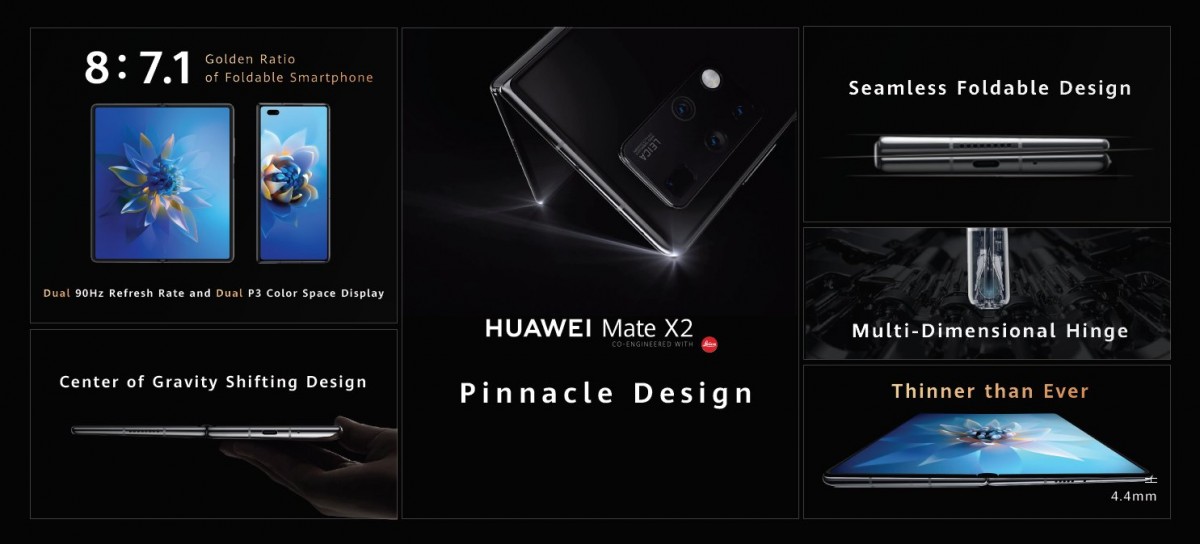
Display and sound: Huawei offers a sharper image, Samsung 120 Hz
The Huawei Mate X2 flexible display has 8 ″ and a resolution of 2480 x 2200 pixels, while Samsung has 7.6 ″ and a resolution of 2208 x 1768 pixels. Huawei thus provides a larger and sharper image. The same applies to external displays. But mobile gamers will rather appreciate the display from Samsung. Its refresh rate is 120 Hz, while in the case of Huawei only 90 Hz.

The Huawei Mate X2 sound reproduction is ensured by stereo speakers, for which the manufacturer has not provided further information. The stereo speakers in the Galaxy Z Flod 2 are manufactured by AKG and provide 32-bit audio output with a frequency of 384 kHz. None of the smartphones has a 3.5 mm jack, so you can only connect the headphones via the USB-C connector or Bluetooth.
Performance and memory: The newer 5 nm chipset makes a difference
Samsung Galaxy Z Fold2 came on the market at the end of last summer and therefore uses the older 7 nm chipset Qualcomm Snapdragon 865+. According to benchmarks, its performance is lower than the performance of the newer 5 nm Kirin 9000 chipset, which is powered by Huawei Mate X2. It should also be more economical due to the newer production process.
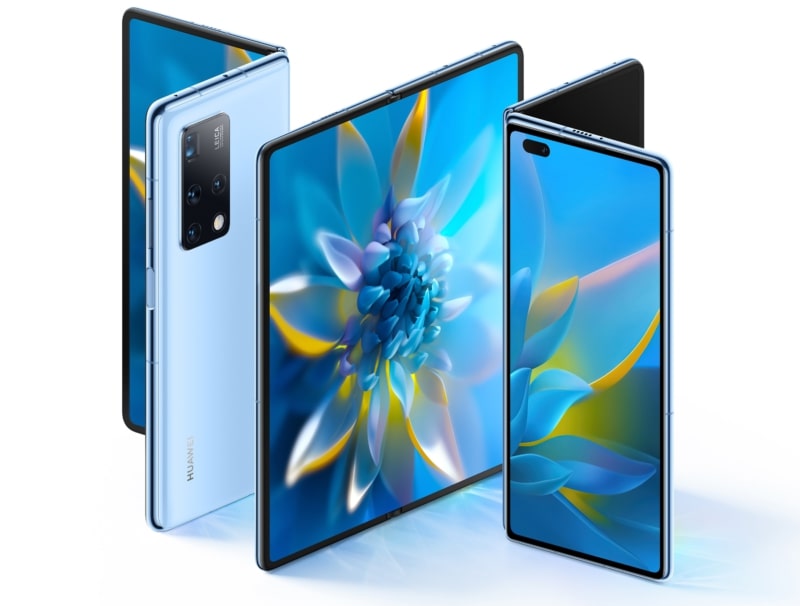
The Huawei Mate X2 has a standard 8 GB of RAM, while the Galaxy Z Fold2 offers 12 GB of RAM. Both smartphones have an internal memory of 256 GB or 512 GB, but only Huawei allows it to be expanded with cards. Unfortunately not with classic microSD cards. Only NM cards from Huawei are supported, which are more expensive and more difficult to market.
Cameras: Mate X2 has a sensor and 10x optical zoom from Huawei P40 Pro +
The Samsung Galaxy Z Fold2 undoubtedly has a quality camera. Its three 12-megapixel sensors correspond to those used by Samsung in the last two years in flagship models without the Ultra label. There is no lack of optical image stabilization and a telephoto sensor with a focal length of 52 millimeters, which corresponds to 2x optical zoom.

But the Huawei Mate X2 is a bit further. The main 50-megapixel sensor of its camera is identical to the Huawei P40 Pro +. In addition to the 16-megapixel ultra-wide and 12-megapixel telephoto sensor with 3x optical zoom, there is also an 8-megapixel periscope sensor with 10x optical zoom.

The optics were manufactured by the German company Leica. The novelty camera is undoubtedly of better quality and will easily replace a compact ultrasound on holiday. The video recorded on both smartphones can have a maximum resolution of 4K at a frequency of 60 fps. In addition, Samsung has support for 1080p video at 240 fps.
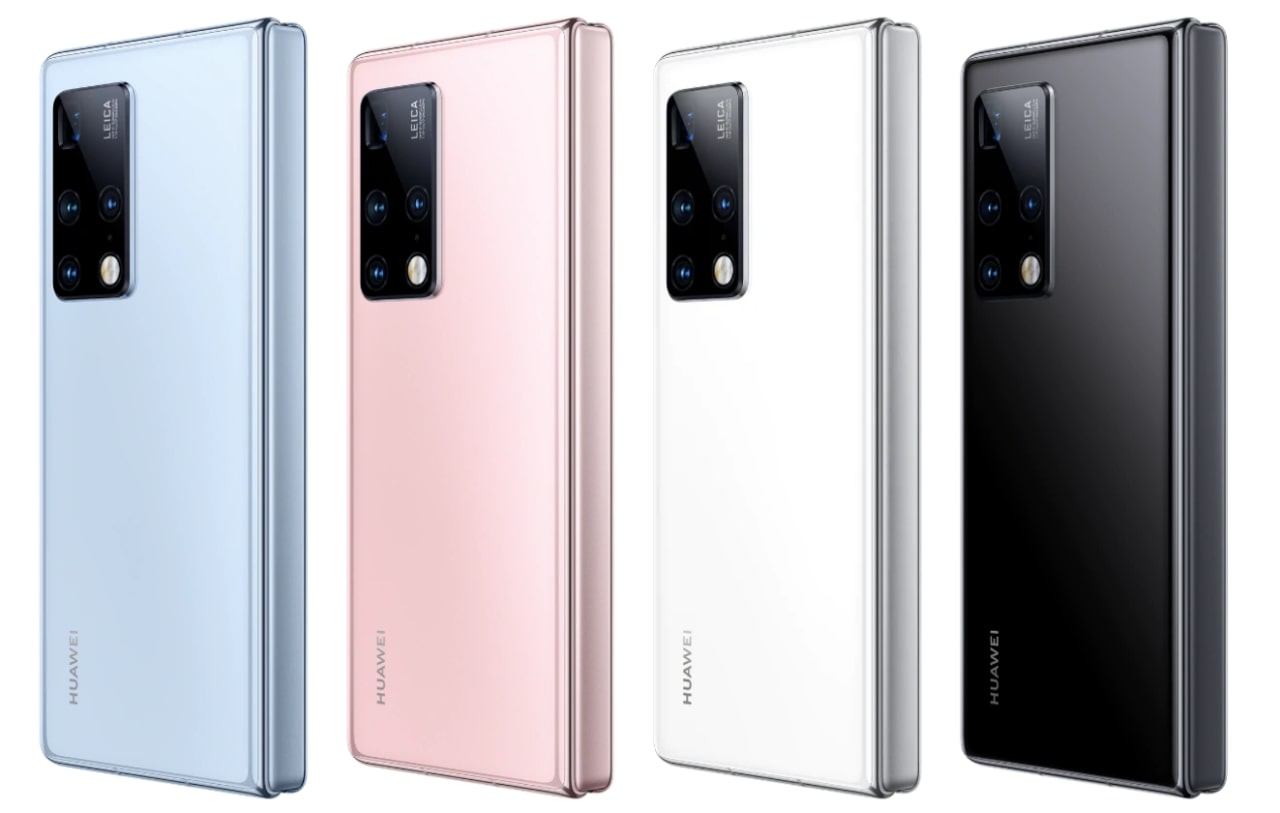
The selfie resolution of the Mate X2 camera is 16 megapixels, which is more than 10 megapixels of the Galaxy Fold2 selfie camera. The luminosity in both cases is average f / 2.2. Samsung has a selfie camera in the hole of both the outdoor and indoor display. If camera quality is a priority for the customer, the Huawei Mate X2 is the clear choice. When it comes to video calling, it’s Galaxy Z Fold2.
System and security: Huawei again without Google applications
The pre-installed news system is Android 10 with the EMUI 11 extension. HarmonyOS 2.0 is not working so far. Samsung Galaxy Z Fold2 has the latest Android 11 with the extension One UI 3.0. The main disadvantage of Mate X2 is not only the older system, but also the absence of Google applications due to the ban of the US Department of Commerce. This shortcoming will be crucial for many customers.
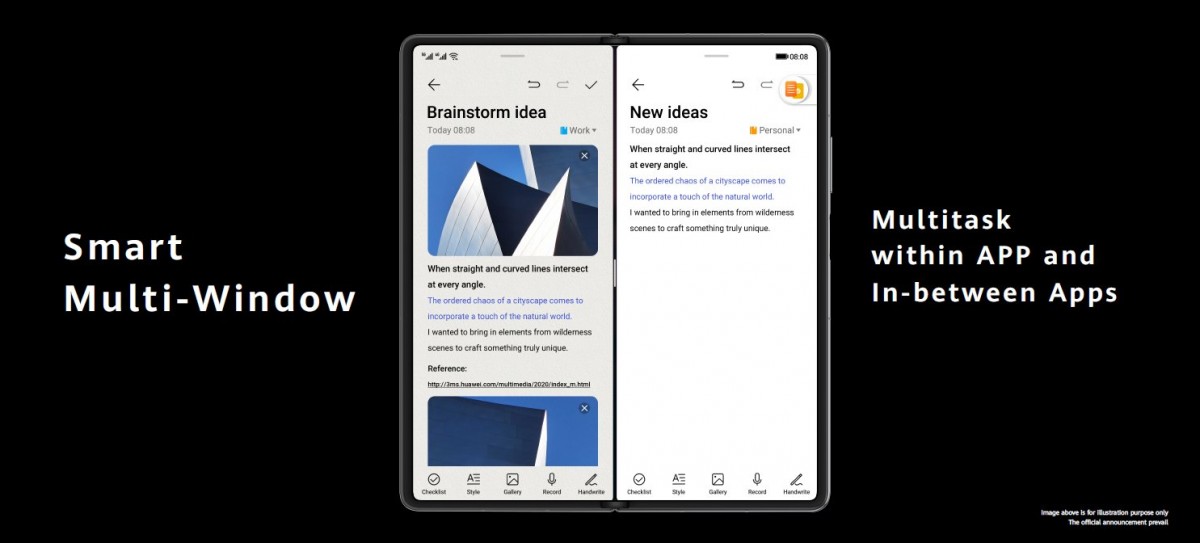
Both smartphones can be unlocked using the fingerprint sensor in the side button. There is also the option to unlock the face. However, the novelty lacks a selfie camera next to the internal display, so this technology only works with the external display. Better software security support will certainly be provided by Samsung, which expanded it to a record 4 years this week.
Connectivity, battery and price
Both smartphones support 5G technology, LTE, Wi-Fi, Bluetooth 5.x, GPS, GLONASS, GALILEO, NFC and USB-C. In the case of Mate X2, Bluetooth is in a higher version 5.2 and an infrared port is also present. The downside is the absence of Google Pay payments using the NFC chip.
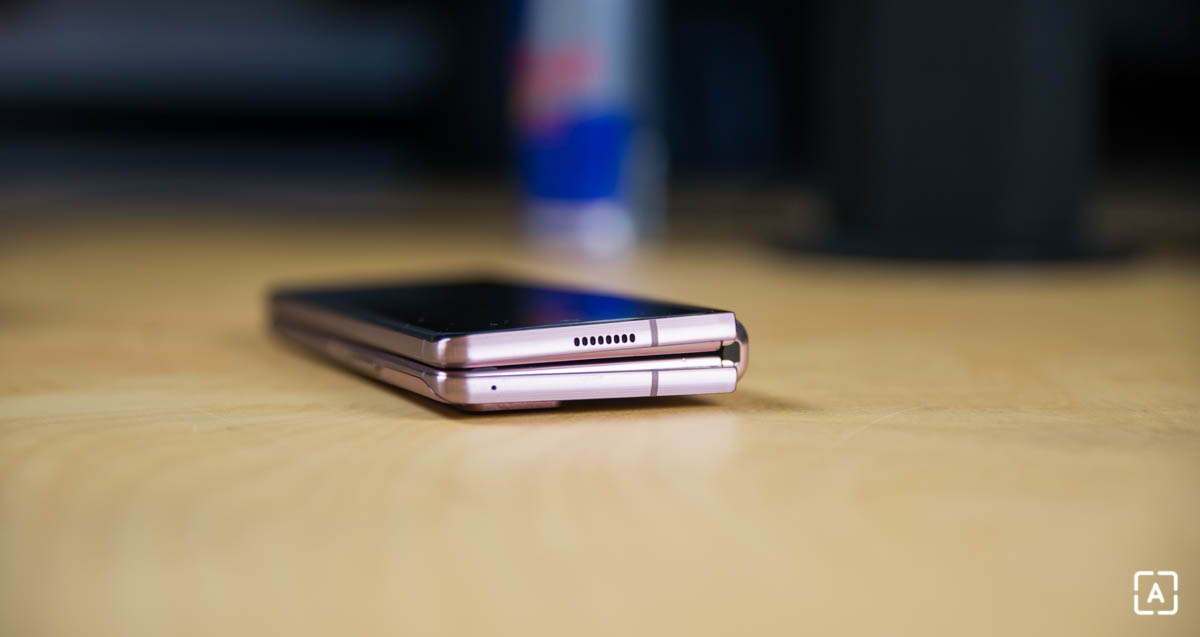
The battery of both models has a capacity of 4500 mAh. The Huawei Mate X can be charged with up to twice as powerful charging via USB-C (55 W vs 25 W). Galax Fold2 charging, on the other hand, is more versatile because it also offers wireless and reverse charging. It is up to the customer whether wireless charging is necessary for him.
The price of the Huawei Mate X2 is astronomical in the Chinese market. The conversion starts at 2300 euros. Outside China, the smartphone is not officially sold and it is questionable whether it will ever be. Samsung Galaxy Z Fold 2 can be bought in some Slovak e-shops for 1500 euros, which is a difference of almost 800 euros.
Verdict: Huawei has newer technologies, Samsung significantly lower price
The Huawei Mate X2 undoubtedly has higher performance, a larger display, a higher-quality camera with 10x optical zoom and faster charging. High price, unavailability outside the Chinese market (yet) and the absence of Google applications are disadvantages that discourage many customers.
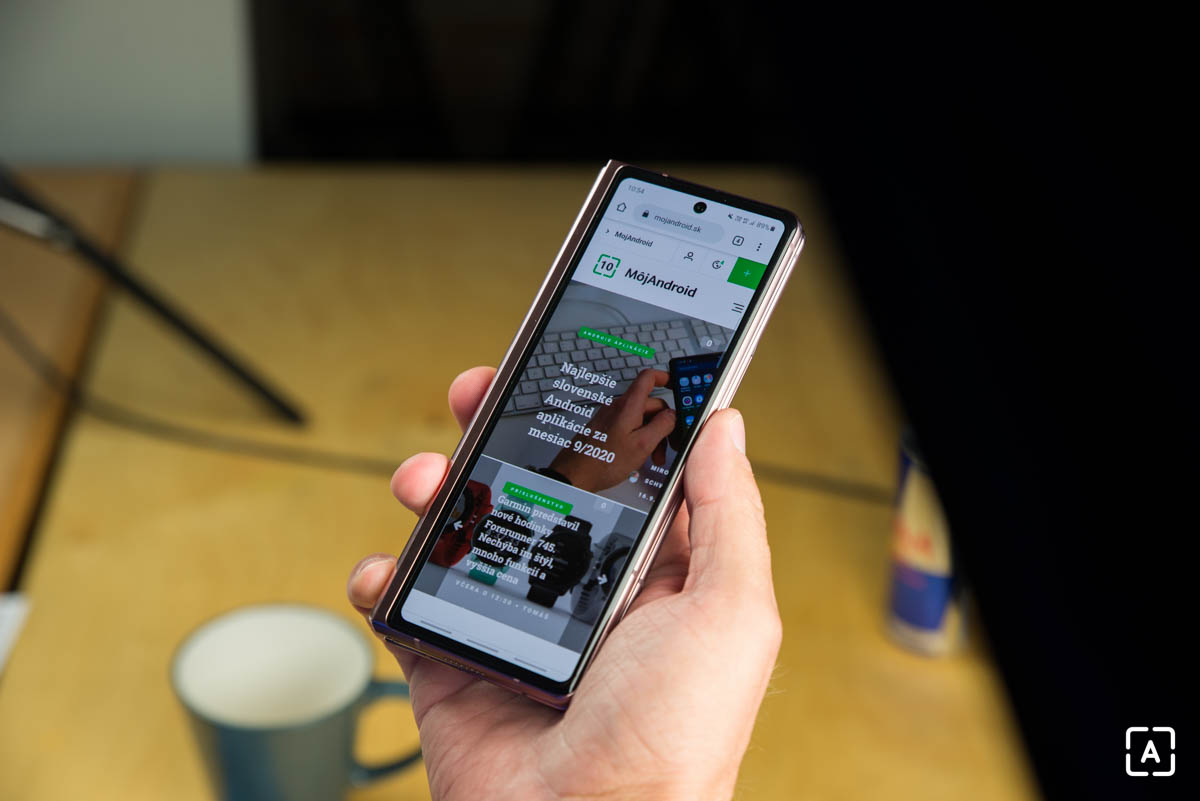
Samsung is more compact, more versatile, with wireless charging, better software support and security. Plus, it is also available on the Slovak market, lower price and Google applications, including Google Pay payments. Precisely because of these three advantages, it is a better choice for a Slovak customer.
We must also not forget that Samsung is already preparing a successor that will offer this year’s technologies.
Parameter table:
| Huawei Mate X2 | Samsung Galaxy Z Fold2 | |
| Display | Internal: 8 ″, OLED, 90 Hz, 2480 x 2200 pixels, 413 ppi
Outdoor: 6.45 ″, OLED, 90 Hz, 2700 x 1160 pixels, 456 ppi |
Internal: 7.6 ”QXGA + Dynamic AMOLED 2X (22.5: 18) Infinity Flex display, 2208 x 1768 pixels, 373 ppi
Outdoor: 6.2 ”HD + Super AMOLED display (25: 9), 2260 x 816 pixels, 386ppi |
| Chipset | Kirin 9000, 5 nm | Qualcomm Snapdragon 865+, 7 nm |
| RAM | 8 GB | 12 GB |
| Internal memory | 256 GB/512 GB, NM karty | 256 GB/ 512 GB, UFS 3.1 |
| Rear camera |
|
|
| Selfie camera | 40 MP, f/2.2, 26mm, 1/2.8″, 0.7µm, PDAF | 2x 10 MP, f/2.2, 26mm, 1/3″, 1.22µm |
| Connectivity | 5G, LTE, Wi-Fi 6, Bluetooth 5.2, infraport, NFC, GPS, USB-C | 5G, LTE, Wi-Fi 6, Bluetooth 5.0, NFC, GPS, USB-C |
| Battery | 4500 mAh, 55 W cable charging | 4500 mAh, fast charging 25 W, wireless charging 11 W. reverse charging 4.5 W |
| Dimensions | Open: 161.8 x 145.8 x 8.2 mm Closed: 161.8 x 74.6 x 14.7 mm |
Open: 159.2 x 128.2 x 6.9 mm Closed: 159.2 x 68 x 16.8 mm |
| Weight | 295 grams | 282 grams |
Our tip
Spotify HiFi will bring high quality sound, the design of the application will also change
